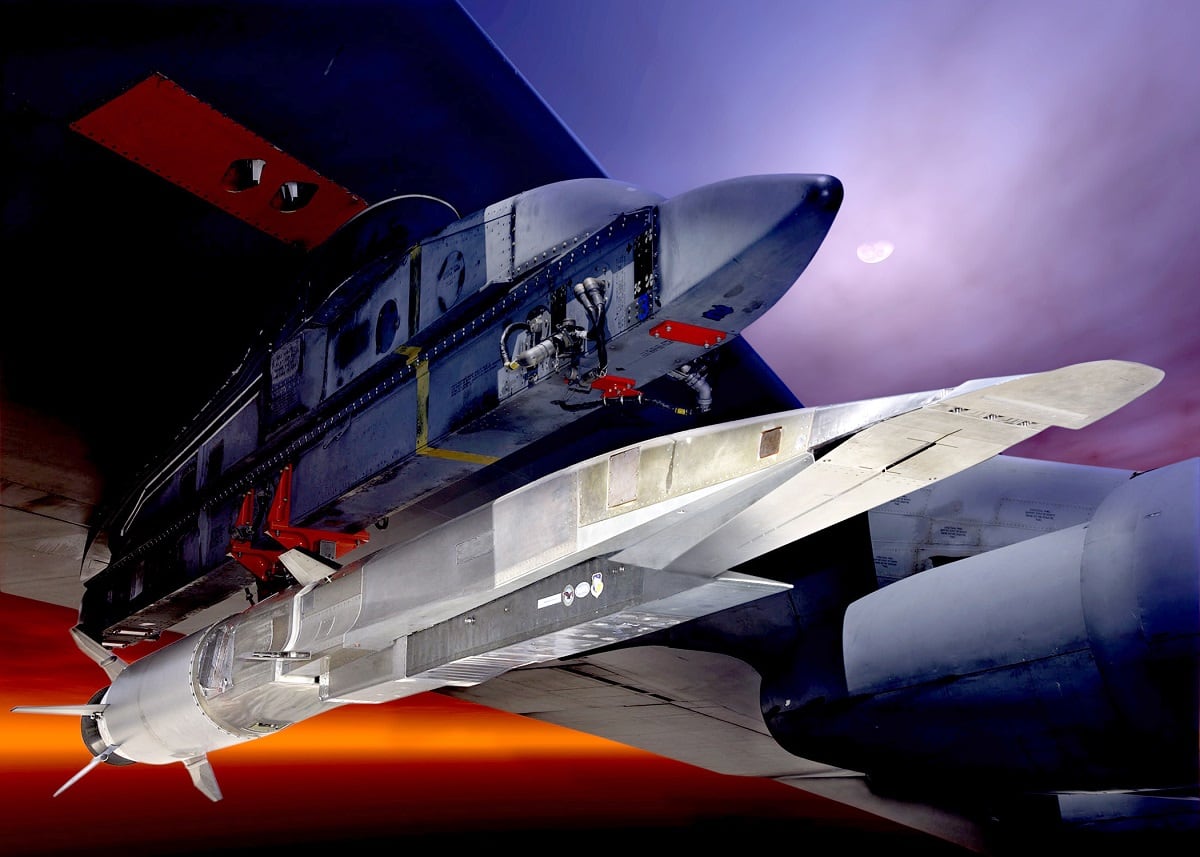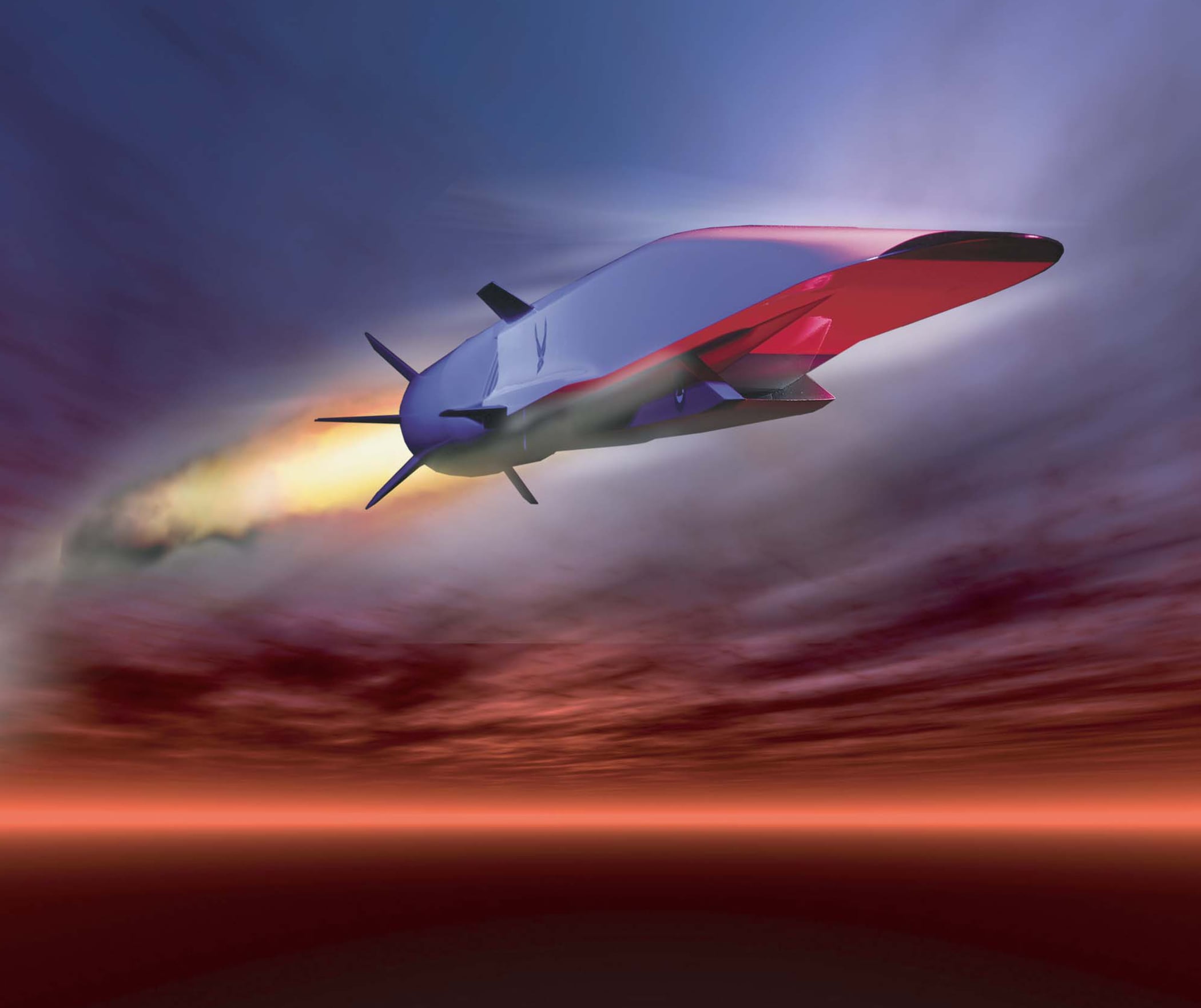WASHINGTON — Lockheed Martin will design a second hypersonic weapon prototype for the U.S. Air Force, the service announced Monday.
Although final terms have not been established, the contract could be worth up to $480 million for the critical design review, testing and production readiness support of the Air-Launched Rapid Response Weapon, or ARRW.
Lockheed is already working on a separate hypersonic weapon for the Air Force under the Hypersonic Conventional Strike Weapon program, or HCSW, and this newest award sets it up to become a hypersonics-manufacturing powerhouse at a time when the Defense Department is deeply interested in the technology — and is investing funds to match that interest.
RELATED

“We are going to go fast and leverage the best technology available to get hypersonic capability to the warfighter as soon as possible,” Air Force Secretary Heather Wilson said in a statement announcing the contract.
The Air Force wants to move both ARRW and the HCSW to a flying prototype as soon as possible, with 2021 cited as the goal date. By signing off on an undefinitized contract action, Lockheed and the Air Force Life Cycle Management Center will be able to begin working on the program as the parties settle the final terms and price of the contract.
The service awarded Lockheed the HCSW contract in April. That program could be worth $928 million over its life cycle.
Whereas ARRW will be "pushing the art-of-the-possible" using technologies developed by the Air Force and the Defense Advanced Research Projects Agency, the HCSW will comprise mature technologies that are integrated for the first time in an air-launched delivery system, the service said in a statement.
Russia and China are making their own investments in hypersonic technologies. Last week, China claimed that it had tested a hypersonic aircraft called Starry Sky-2 for the first time ever. Russia has also been public about its interest in hypersonics, and in May flew MiG-31s equipped with new hypersonic missiles at Russia’s annual Victory Day parade.
RELATED

Michael Griffin, the Pentagon’s undersecretary of defense for research and engineering, said in July that the United States cannot afford to concede the area of hypersonics to its potential adversaries.
“How close they are to operational, I just don’t know. But I’m worried about our end of things,” he said.
The other military branches are pursuing parallel hypersonics development programs, and leaders from the Defense Department, Missile Defense Agency, Air Force, Navy and Army signed a memorandum of agreement on June 28 to collaborate on hypersonic boost glide technologies, the statement said.
“The Joint Team requires the right mix of agile capabilities to compete, deter and win across the spectrum of competition and conflict,” Air Force Chief of Staff Gen. Dave Goldfein said. “We must push the boundaries of technology and own the high ground in this era of great power competition and beyond.”
Valerie Insinna is Defense News' air warfare reporter. She previously worked the Navy/congressional beats for Defense Daily, which followed almost three years as a staff writer for National Defense Magazine. Prior to that, she worked as an editorial assistant for the Tokyo Shimbun’s Washington bureau.








